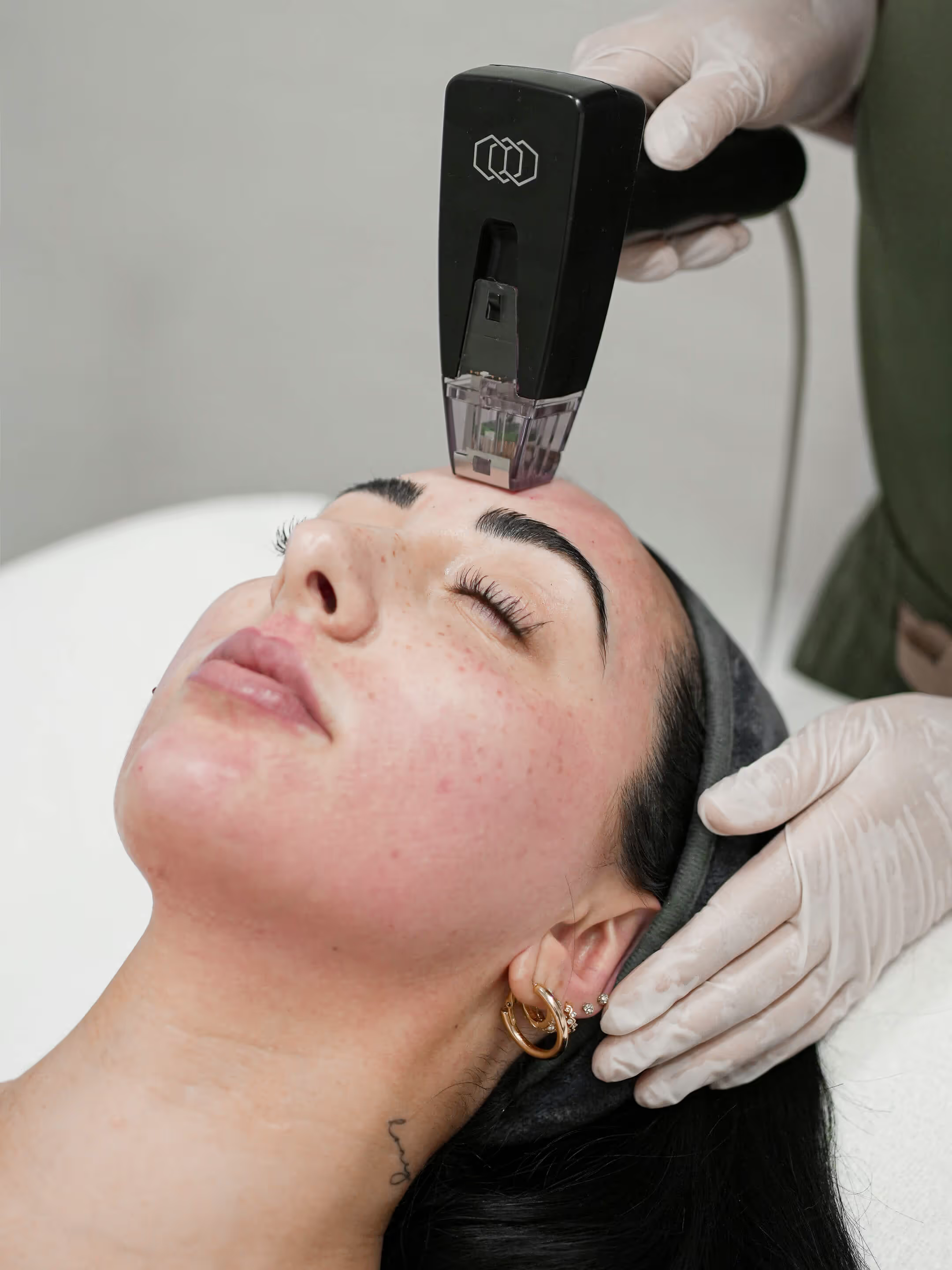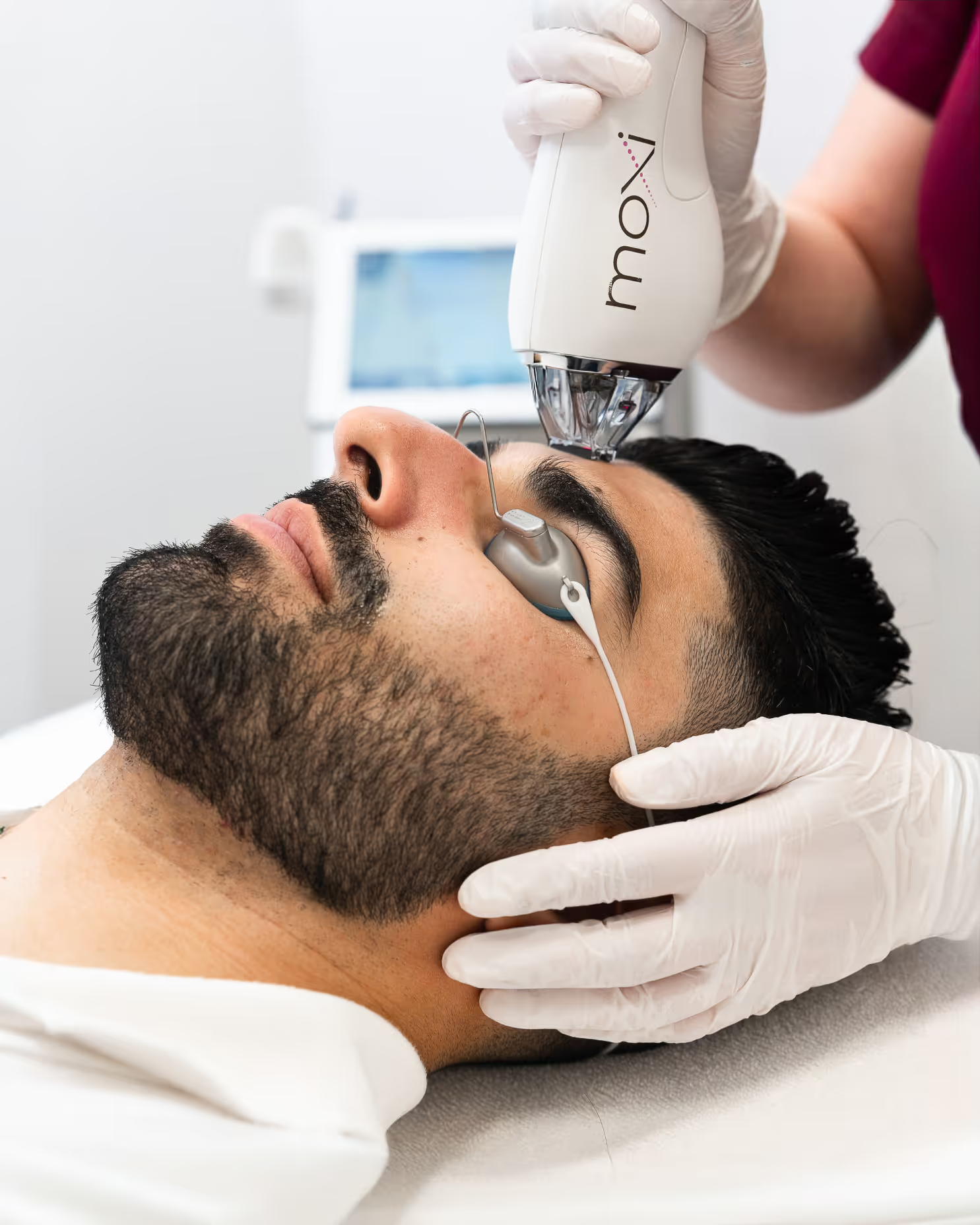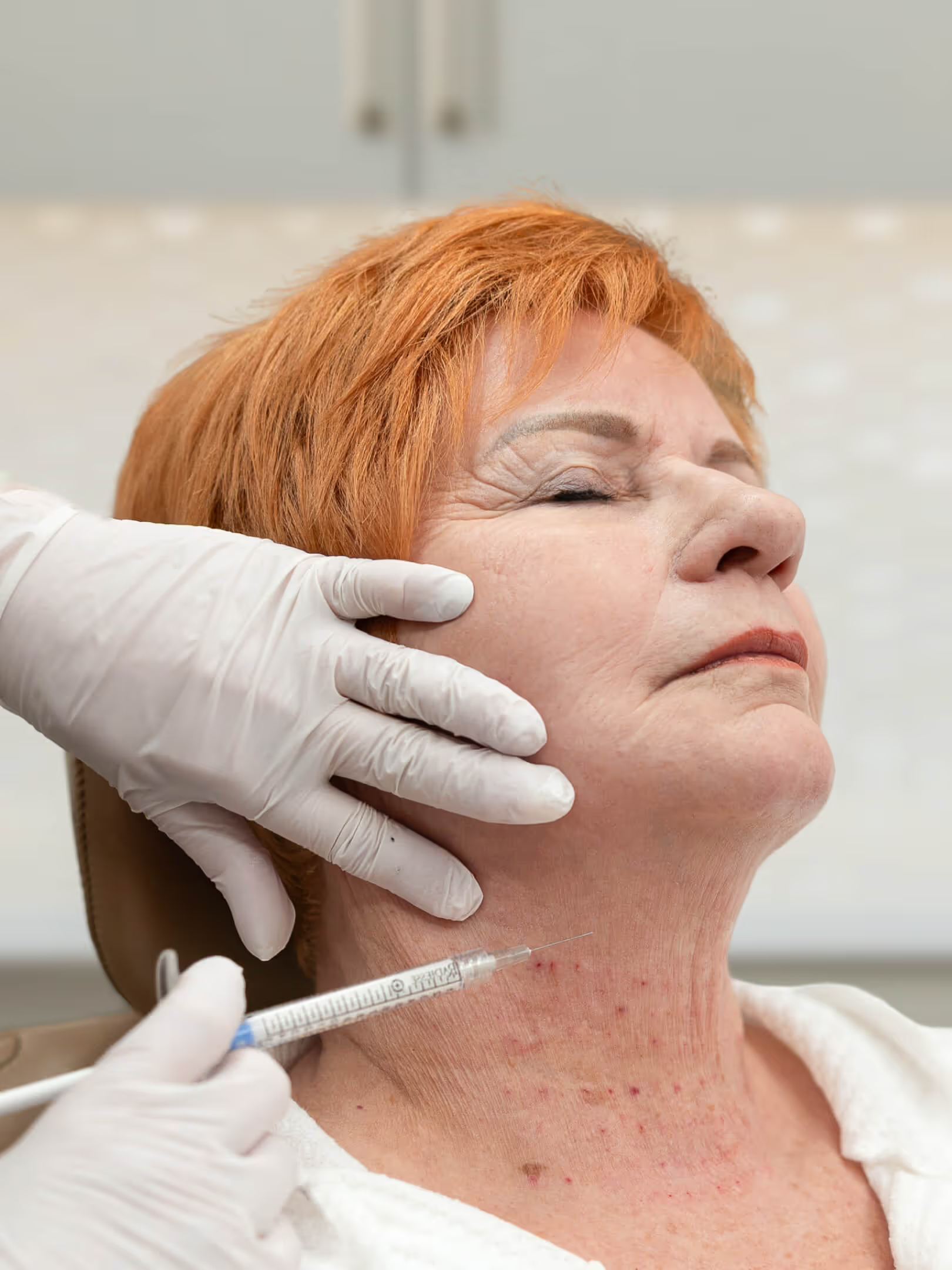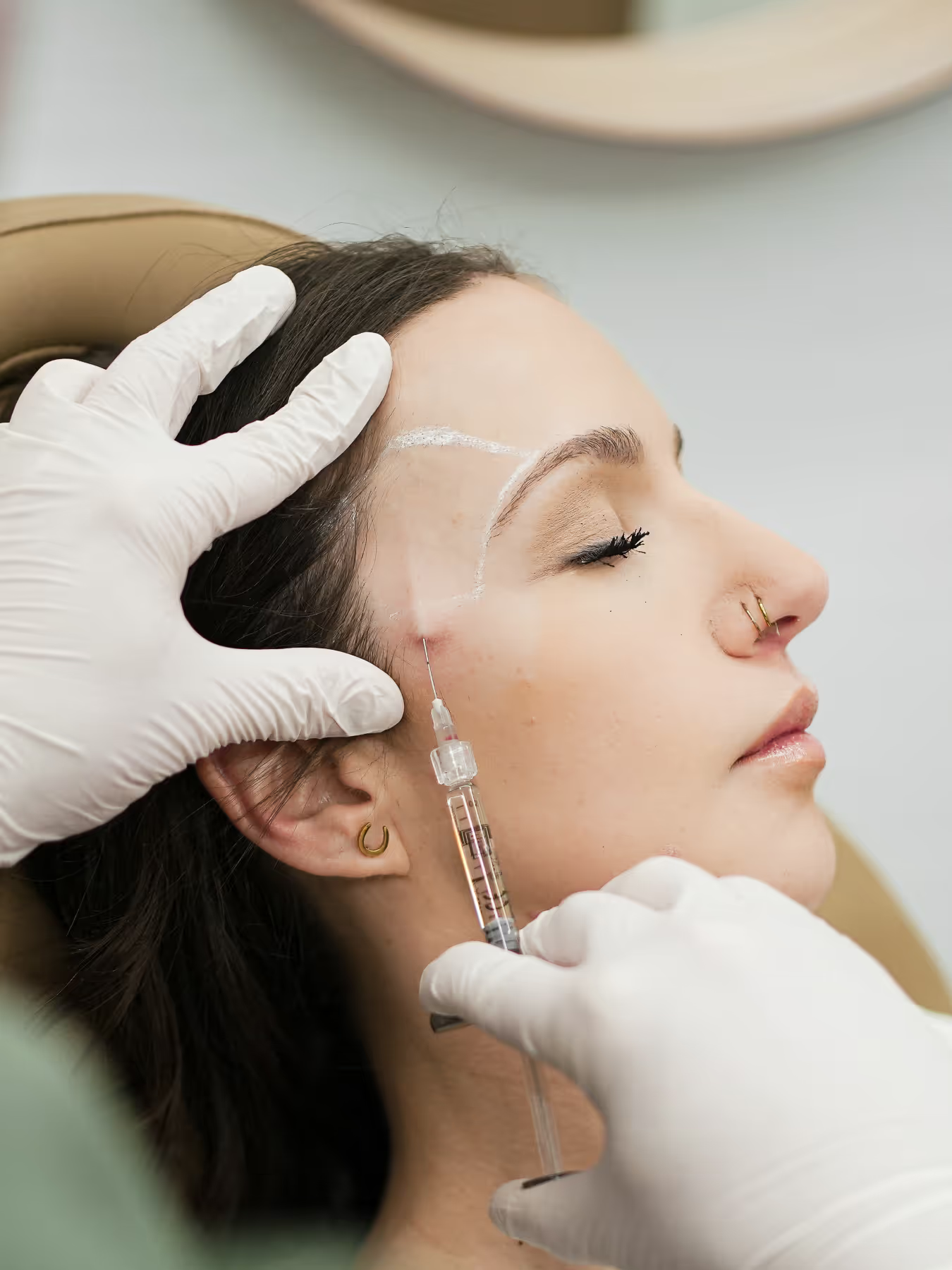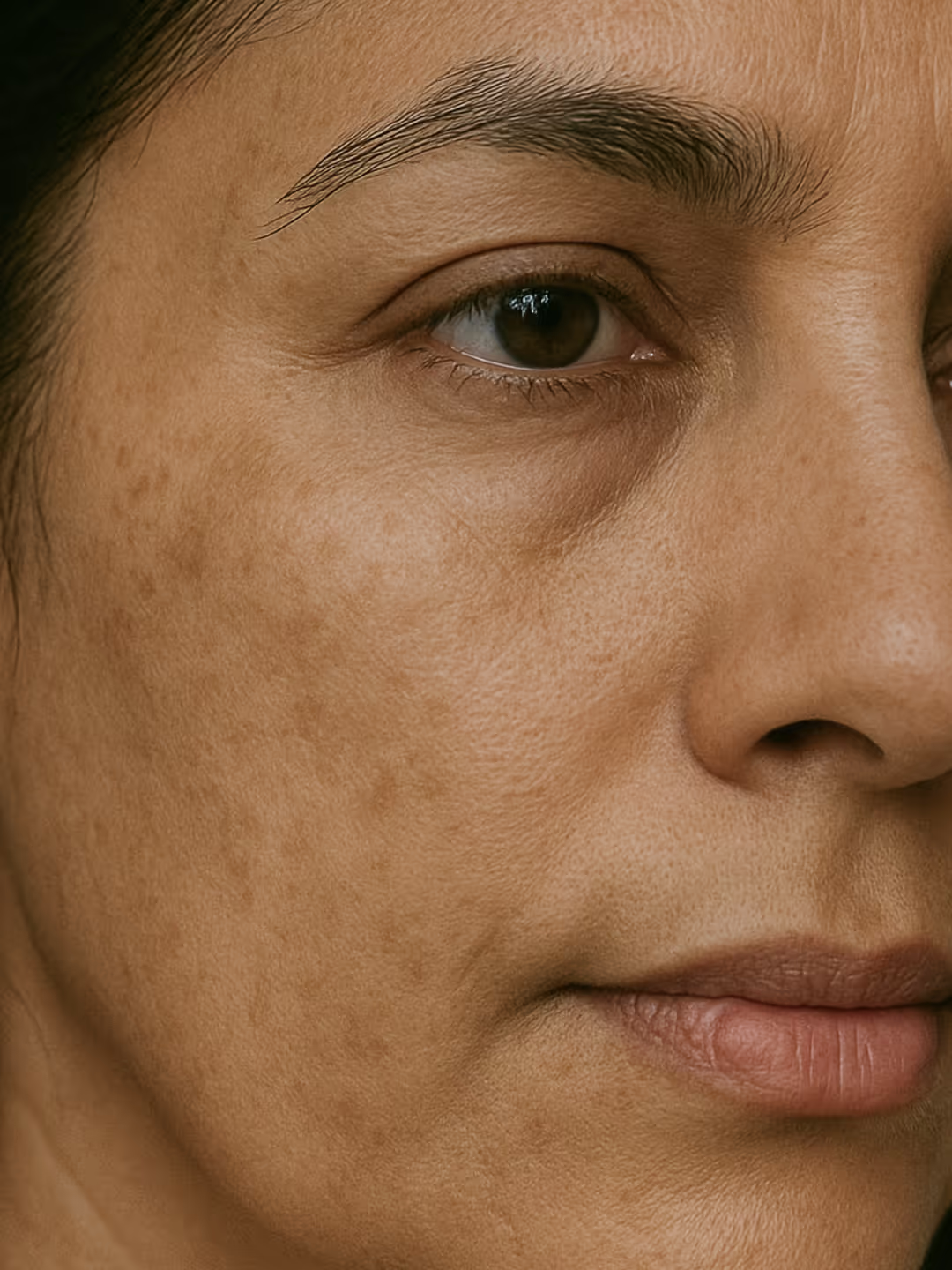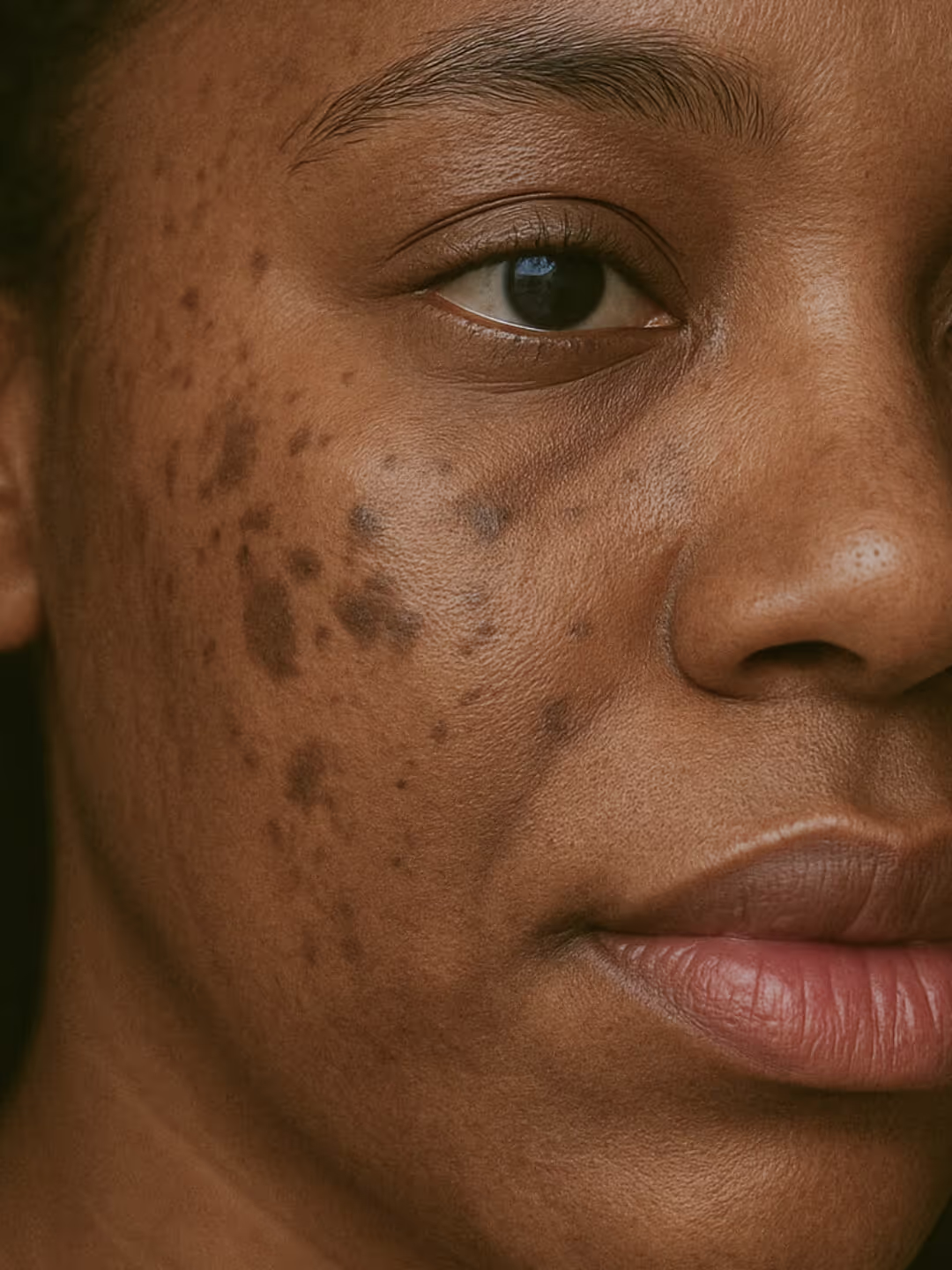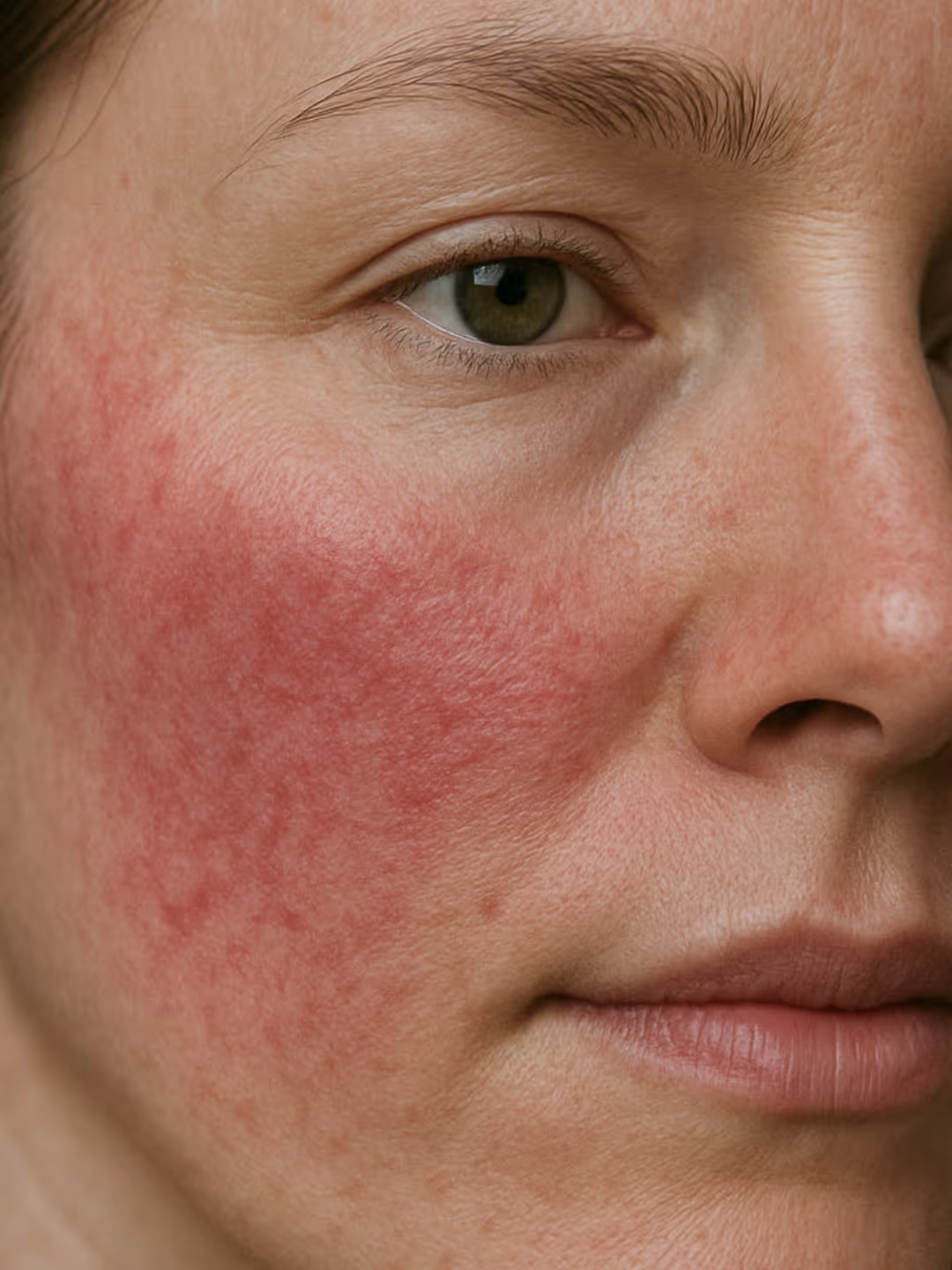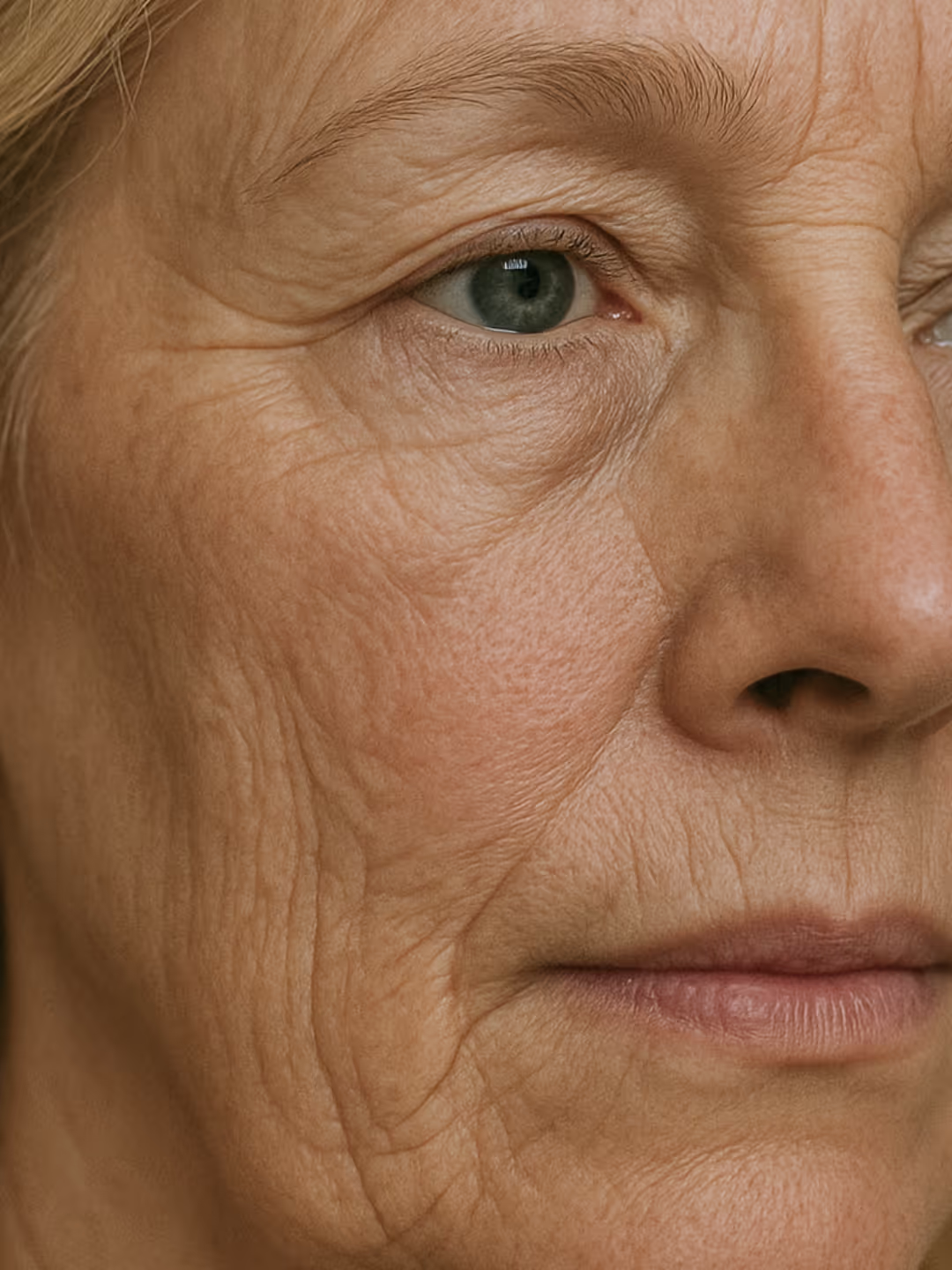Acne Scarring & Surgical Scars
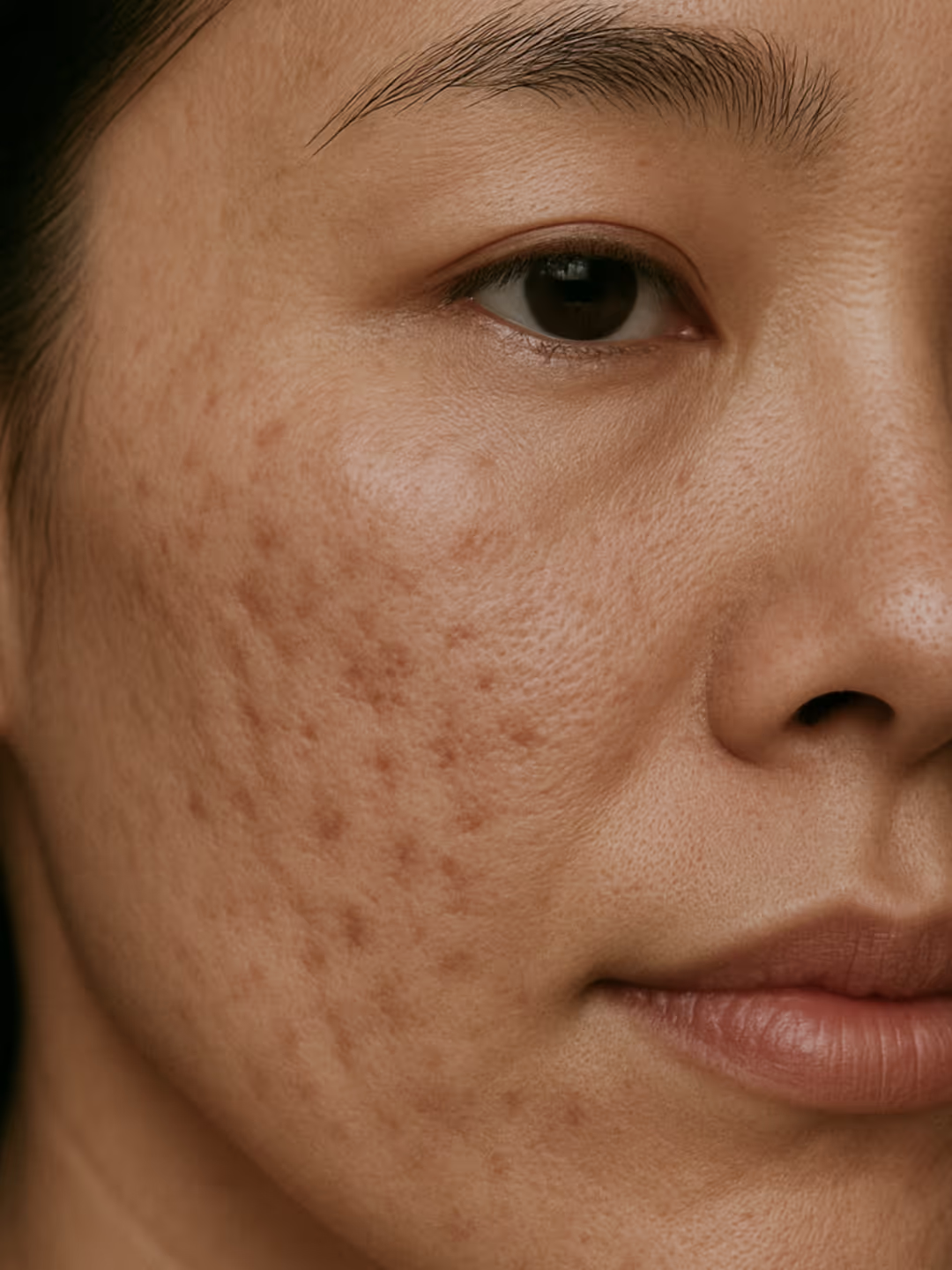
Condition Overview
Acne scars and surgical scars can leave lasting marks on the skin, affecting both texture and tone. At The Face Institute, we offer clinically proven treatments designed to minimize the appearance of scars, promote collagen remodeling, and restore a smooth, even complexion. Whether scars result from past breakouts, injury, or surgery, our non-invasive and minimally invasive therapies stimulate skin healing and regeneration.
We understand that no two scars are the same, which is why our approach is tailored to each patient’s unique skin type, scar depth, and concerns.
Understanding Acne Scarring & Surgical Scars
Scars form when the skin’s natural healing process creates excess or uneven tissue after inflammation or injury. With acne, repeated breakouts can damage deeper layers of skin, leaving behind atrophic (indented) scars such as ice-pick, rolling, or boxcar scars. Surgical scars, on the other hand, can appear as raised, thickened tissue (hypertrophic scars) or flat, discolored marks along the incision line.
Common factors that influence scar development include:
- Severity and depth of past acne breakouts or surgical wounds
- Skin type and genetic predisposition to scarring
- Delayed healing or repeated inflammation
- Excess collagen production during recovery
- Post-inflammatory hyperpigmentation following skin trauma
Want to know more? Send us a message
Corrective Treatments
The Benefits
Discover options for reducing acne scars and surgical scars with advanced skin therapies at The Face Institute. Restore smooth, healthy-looking skin.
Stimulates collagen production to reduce scar depth
Smooths out skin texture and minimizes indentations
Improves skin tone by reducing post-inflammatory pigmentation
Promotes faster healing and skin rejuvenation
Works on all skin types and scar types
How We Treat Acne and Surgical Scars
Our Step by Step Process
Our multi-modal approach combines cutting-edge skin resurfacing technology with collagen-boosting treatments to enhance skin regeneration and reduce visible scarring.
Step 1: Skin Resurfacing for Scar Smoothing
Morpheus8 RF Microneedling combines microneedling with radiofrequency energy to trigger collagen production and smooth out indented acne scars and surgical marks.
Step 2: Collagen Stimulation for Scar Remodeling
Microneedling with DP4 Microneedling Device helps break down scar tissue and stimulate the growth of new, healthy skin cells.
Step 3: Laser and Light Therapy for Pigmentation Correction
BBL HEROic and Sciton Moxi laser treatments improve post-inflammatory hyperpigmentation and redness associated with scars, restoring a more even skin tone.
Step 4: Skin Rejuvenation and Texture Refinement
Exosome therapy accelerates healing and enhances the results of microneedling and laser treatments, improving skin texture and reducing inflammation.
Scientific Credentials and Studies on Scar Treatment
Studies in the Journal of Cosmetic Dermatology confirm that RF microneedling improves atrophic acne scars by increasing collagen remodeling. A 2022 study found that fractional laser therapy combined with growth factor-based treatments enhances scar healing and skin regeneration, producing long-lasting results.
Treatment Areas
Face
- Reduces acne scars, ice-pick scars, and rolling scars
- Improves post-surgical incision marks
Body
- Treats scars from injuries or surgical procedures
- Smooths out uneven skin texture caused by deep scarring
Who is a Good Candidate for Acne and Surgical Scar Treatment?
- Individuals with atrophic or hypertrophic acne scars
- Those with post-surgical scars looking for non-surgical correction
- Patients seeking smoother, more even skin texture
.avif)
